As you know, Japanese women have always been known for their gorgeous slim body. It is extremely rare that some representatives of the weaker sex in the Land of the Rising Sun are overweight.
Rules and principles of the Japanese diet and its effectiveness
The whole secret to a Japanese woman's ideal body lies in nutrition, or rather, in the use of low-calorie foods, a diet devoid of fast food, lots of sweets and baked goods.

Japanese food, recipes, dishes, has become fun for most women in the world, with amazing results for those looking to lose weight.
The main benefits of the Japanese diet are:
- its high efficiency;
- Results are saved even after completion;
- The body is easy to tolerate, only the first two days are heavier;
- The diet is very strict, as the diet dictates not only the dishes, but also the portions;
- expel toxins and excess fluids from the body;
- has a positive effect on digestion;
The Japanese diet has its drawbacks:
- Because of the low calorie content, women are prone to loosening up early;
- need to take additional vitamins;
- compulsory coffee drinking;
The Japanese diet isn't just for women. Men looking to cope with being overweight can also use this effective weight loss method. The technology itself has been developed for a long time and tested by experts.
Since this time is sufficient to reorganize the body, 14 days are developed. To save the results for up to 3 years, it is enough to follow the basic prescription of a dietitian and their recommendations.
It is important to know that only careful adherence to all prescriptions will bring the desired results. Japanese diets, recipes, dishes, recommended foods must be followed to the smallest detail.
The main rules of the applied diet are:
- while cookingUse only recommended products;
- Change is prohibitedLocal Diet Day: On the fifth day, you only need to eat those dishes that are prescribed for that day.
- needs attentionUsed to consume large amounts of clean water;
- strictAvoid simple carbohydrates for 14 days;
- Alloweddrink unsweetened coffee in the morning;
- fishYou can not only eat boiled;
- alloweat cabbage and other vegetables;
- while cookingBeef remains a priority, although skinless chicken is allowed;
- no limitRegarding the use of grains, in most cases it is rice, beans.
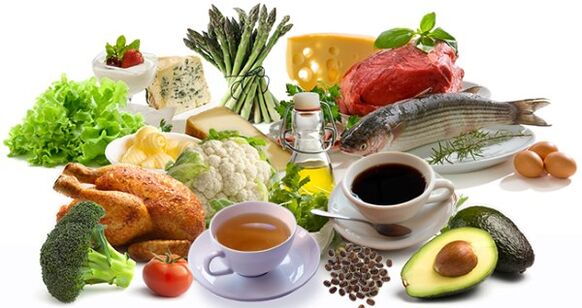
The main principle of the Japanese diet is to speed up and optimize the metabolism in people who want to lose weight. This diet has nothing in common with the cuisine of the Land of the Rising Sun. It is designed for people without chronic diseases and there are some contraindications to using this diet.
Prohibited use:
- peoplehave a chronic disease (diabetes, cardiovascular problems, disruption of kidney, liver, stomach function);
- pregnantand care;
- for womenmiscarriage during the endocrine reorganization of the body, that is, after menopause and miscarriage;
- peopleA person who participates in sports or engages in active physical activity.
The Japanese diet has a list of permitted and prohibited foods.
Allowed fruits are:
- apple,
- pear,
- Plum,
- Kiwi,
- citrus fruits (except lemons),
- Plum,
- Sweet cherries.
You can't eat bananas, grapes, persimmons and lemons. Pasta is strictly prohibited, with the exception of rye and bran crackers.
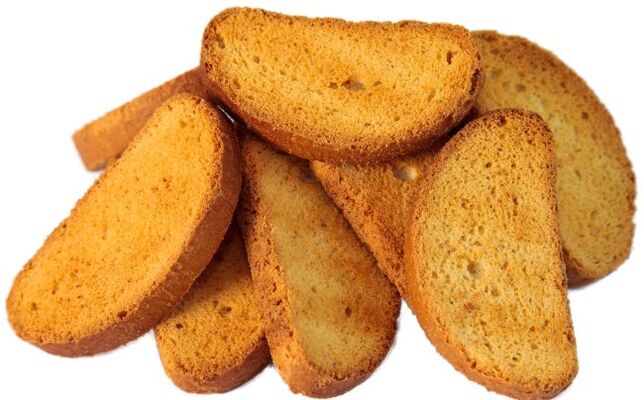
The list of allowed products includes:
- fresh vegetables;
- tomato juice;
- Vegetable crude oil, preferably pressed first;
- Kefir or yogurt, preferably homemade and natural;
- Beef, chicken, fish fillets, preferably fresh, not frozen;
- chicken or quail eggs;
- black coffee;
- Pure loose leaf tea, no additives or flavors;
- Non-carbonated water.
Nutrient distribution in the Japanese diet
The highest-calorie products in this diet are eggs, meat, and dairy. Consumed carbohydrates are found in breadcrumbs, certain types of vegetables and fats - in unrefined vegetable oils. In the Japanese diet, olive oil is the best choice and use it in salads or cooking.
Unrestricted consumption of fruits and vegetables on certain days. These foods are high in fiber, which is good for your gut.
During the diet, it is best to use non-carbonated water and cook up to 2 liters per day. In addition, you can enjoy tea and coffee: coffee - natural instant coffee or grains, tea - fragrance free. All are high quality. Green tea plays an important role in the Japanese diet. It contains a lot of protein and it contains antioxidants.
The Japanese diet is designed in such a way that it speeds up the metabolic process. It completely excludes the use of salt in the first few days and allows it in the last days.
It must be remembered that the Japanese diet is unbalanced and it is best not to use it for more than two weeks.
Sample menu
| sky | morning | dinner | night |
|---|---|---|---|
| one | Unsweetened Organic Coffee |
|
any form of fish |
| 2 | Unsweetened Natural Coffee and Cookies |
|
|
| 3 | Unsweetened Natural Coffee and Cookies | fried zucchini |
|
| Four | Unsweetened Organic Coffee |
|
fruit |
| 5 | radish | any form of fish | fruit |
| 6 | Unsweetened Organic Coffee |
|
|
| 7 | sugar free tea |
|
Any dinner option except day 3 |
| Eight | Unsweetened Organic Coffee |
|
|
| 9 | radish |
|
different fruits |
| ten | Unsweetened Organic Coffee |
|
different fruits |
| eleven | Unsweetened Natural Coffee and Cookies | fried zucchini |
|
| 12 | Unsweetened Natural Coffee and Cookies |
|
|
| 13 | Unsweetened Organic Coffee |
|
any form of fish |
| fourteen | Unsweetened coffee, can be creamed |
|
|
The menu shown in the table is an example. It should be remembered that the Japanese diet is quite complex, so it is necessary to take into account a person's general condition when following it.
If the dieter feels unwell or weak, it is not worth continuing to lose weight.
Japanese Diet Recipes
breakfast options
Option 1 -Natural sugar-free coffee
Option 2 -herbal tea
Option 3 -Fresh Carrot Salad
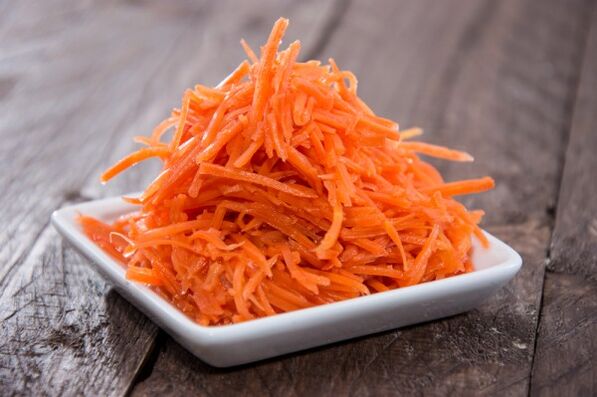
Take a large carrot and rub it on a medium grater. Garnish salad with lemon juice and vegetable (preferably olive oil) oil. No salt salad or sugar added.
dinner options
Lunch in the Japanese diet includes the use of meat dishes and salads.
Option 1 -Fried Zucchini

We take a large fresh zucchini and cut it into small circles without adding salt.
Pour unrefined vegetable oil into the pan and wait for the pan to heat up. Fry the zucchini rings on both sides until golden brown.
Option 2 -fish with vegetables in the oven
We cut the fish into portions and don't need salt (you can add a little salt in the last days of the diet). We cleaned the carrots and cut them into small strips. Cut red pepper and eggplant into small pieces.
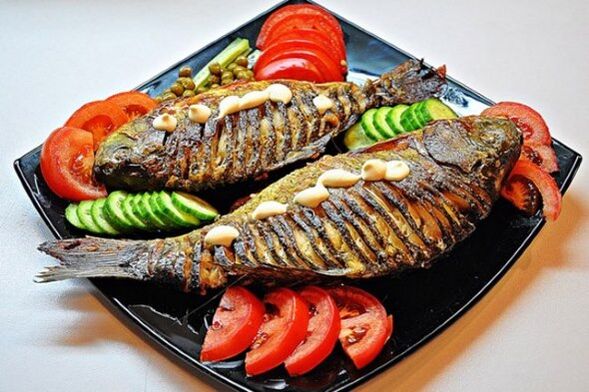
Preheat oven to 180°. We put a portion of the fish in foil, sprinkled with lemon juice, put the vegetables on the fish, closed the foil and put it in the oven for 30 minutes.
Option 3 -chicken diet
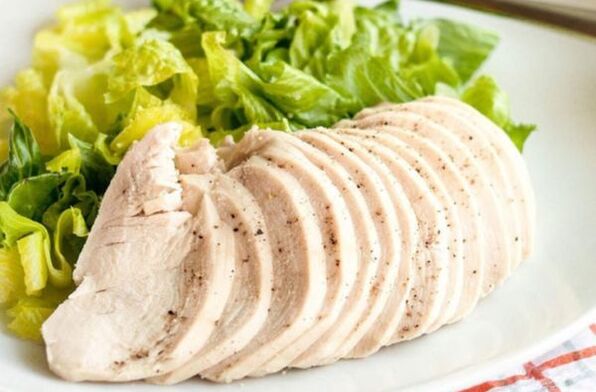
Remove skin from chicken thighs or whole carcass. Wash the skinless chicken, pour in water and bring to a boil. After the chicken's water has boiled, the first broth must be drained. Then pour the meat into the water again and bring it to a boil. You need to cook the chicken. No need to add salt and any spices.
dinner options
Option 1 -Cabbage Salad
Divide the head of cabbage or Beijing cabbage into two parts. Bring a portion to a boil. Chop the two parts and squeeze.
Garnish salad with olive or sesame oil.
Option 2 -fruit salad
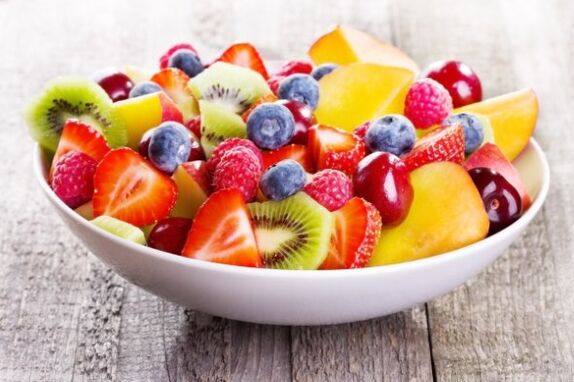
Wash and peel apples, oranges and kiwis. Cut everything into medium cubes, mix and sprinkle with lemon juice.
Option 3 -Stewed Tilapia
Peel a portion of the tilapia and rinse under water. Place a portion of the fish in a deep frying pan and fill with water halfway through the fish. Simmer the fish over low heat, covered, for 10 minutes. Then you need to throw the lavrushka and some pepper peas on a plate. Salt is prohibited. Use lemon juice instead of salt. Then cook the fish.
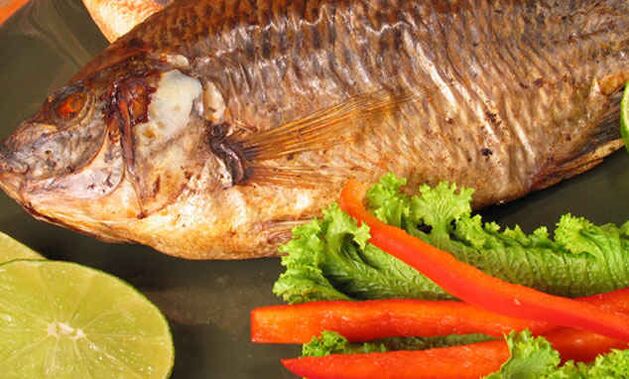
Japanese Diet Meat Recipes
Among many women, the Japanese diet has become popular, with recipes and dishes that differ from other diets, are low in calories and contain no salt.
It is necessary to stick to the diet completely and eat only those dishes that are offered. On certain days, you can eat turkey, chicken, and beef during your weight loss period. Here are some recipes you can use right now.
Turkey Meatballs
It is necessary to take a turkey fillet weighing 250 grams and grind it in a meat grinder. To the minced meat, you can add chopped onions and spices to taste. There is no need to add salt to the ground meat.
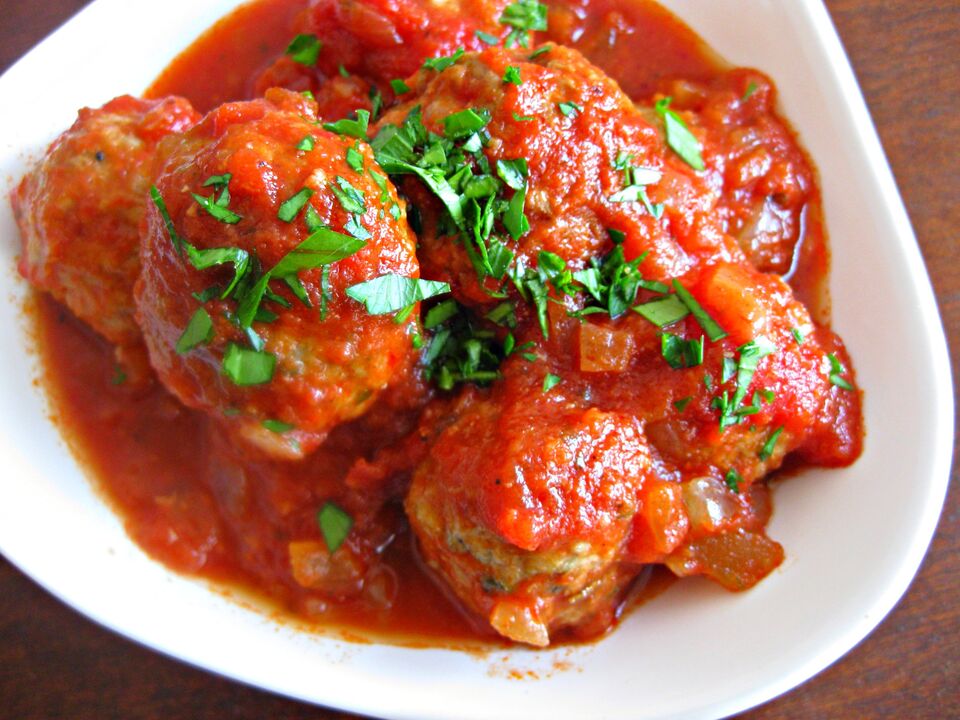
In a separate saucepan, it is necessary to bring the water to a boil and pour a few drops of vegetable oil. In the finished boiling water, you need to toss the minced meat into small balls and cook for 20 minutes. Prepared meatballs can be sprinkled with parsley or herbs.
Chicken chops in the oven
Take 500 grams of chicken fillets and cut them into small cubes up to 1 cm. Mix the resulting chunks with grated rosemary, carrots, onion and eggs. Make small meatballs out of ground meat and place them in foil boats. It's important to make a boat like this so that the fillet juices don't run down the sides of the oven.
It's best to cover the schnitzel with foil and place it on top to avoid baking the product. Cook this dish in a preheated oven for 30 minutes.
How to cook fish. recipe
Fish is a fairly common staple in the Japanese diet. Although fried products are not prohibited, they are best boiled or baked in the oven. The only rule when preparing dishes is no salt, no fish and spice seasonings are prohibited.
Grilled Trout
Fresh fish should be washed, cut into small pieces, washed and dried. After the fillets have dried slightly, they must be rubbed with spices and spices. For extra flavor, pour lemon juice over the fish. Inside the fish, you can put greens or chopped onions.

Before placing the product in the preheated oven, it must be spread in foil, securing its edges so that the fish juices do not leak. When the oven is heated to 190°, place the foil with the fish in it and cook for 30 minutes.
Cook vegetables and fruits. recipe
Vegetables and fruits can be eaten alone, regardless of quantity. Plus, they can be an ingredient in easy and delicious recipes.
Baked Apple
The fruit must be cut into large pieces and sprinkled with cinnamon. Apples can be baked in the oven or microwave. For this, the cut slices must be placed on a suitable plate and placed in an oven preheated to 180°. Bake the apples for 15 minutes.

Crispy Cabbage in Eggs
Cut the cauliflower into small pieces and add spices except salt. Whisk eggs in a separate bowl. Each piece of cauliflower must be dipped in an egg and fried in vegetable oil over low heat in a frying pan.
Is it okay to eat snacks in the Japanese diet? what can you eat?
Snacks are acceptable during the Japanese diet. But not advisable. With a strong hunger, a glass of water, green tea or strong coffee will suffice.
Quit the Japanese diet. menu
When the Japanese diet comes to an end, another ideal way to get rid of it is needed. All measures must be followed to save the results.
It's important not to switch to your usual diet right away, or everything will end badly: not only will you gain weight loss, but by correcting the excess.
The main principles of quitting the diet are:
- introduce productYou should gradually increase your usual diet, increasing calories slightly and balancing the protein, fat and carbohydrate ratios;
- release periodMust be at least 14 days;
- quantityProtein foods cannot be reduced;
- dinner and lunchOn the first day of leaving the country, it is best to keep the same diet and add vegetables for breakfast;
- continueLimit the use of salt.
To expand your breakfast options, some recipes may come in handy.
Vegetable Omelette
Beat 2 eggs and add 50 grams of milk to the mixture. Preheat a pan, fry half a bell pepper cut into 1cm squares in vegetable oil, pour the eggs into the pan and cover. Reduce the fire on the stove to a minimum. The omelet takes 10 minutes to cook. A few minutes before the end of cooking, you need to sprinkle the omelet with chopped onions and herbs.

The way out of the Japanese diet is also divided into several stages. Experts recommend introducing each high-calorie product in small amounts to give the body time to recover. The longer you watch the exit, the better and stronger the results will be.






























